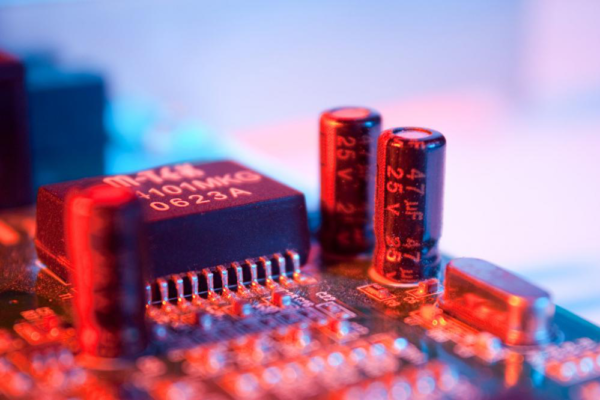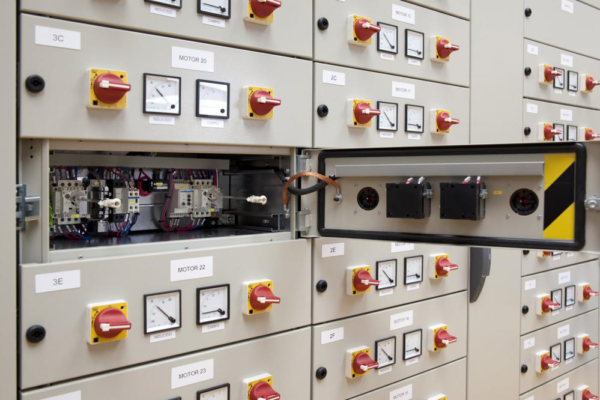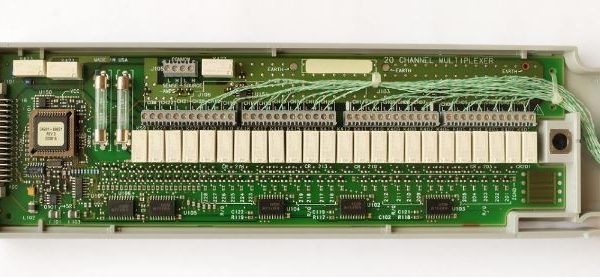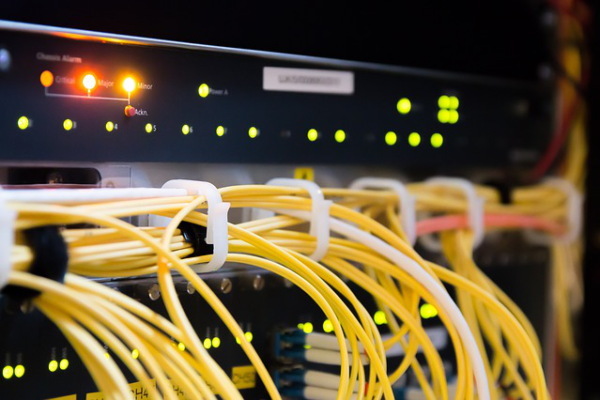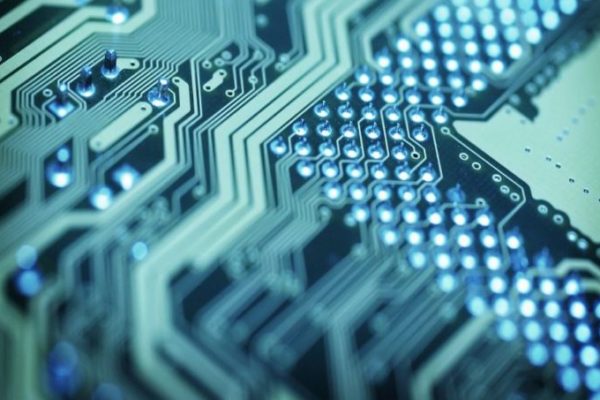Choosing the Frequency of Your Switching Regulator
A switching regulator does for DC signals what a transformer does for AC signals; it enables the conversion of the voltage level. As the name suggests, this function is achieved by sampling and switching a series device on and off to achieve the desired DC voltage level.
Why the Dynamic Range of Analog to Digital Convertor Is Important
When circuit designers hear the phrase ‘important performance metrics of analog to digital converters’, they automatically think of factors like the Sampling Rate, the Gain (at the output) and the Signal to Noise Ratio (SNR), etc. Granted all of these aspects are important in their own right, one (often overlooked) factor which is equally as […]
Protecting Your Circuits Using Diodes
Protection systems are the unsung heroes of most electrical systems. They make sure that a fault doesn’t adversely affect an electrical system from performing satisfactorily and guarantee that the faulted equipment is isolated from the rest of the network. This, in turn, ensures the safety of the equipment and, more importantly, the circuit designer working […]
Coming to Terms with Delay Lines
Delay lines are present in a vast majority of the modern electronic circuits. Overlooked and understated, the delay line is one of the building blocks for circuits that are being used in various applications.
Understanding the Working Principle of Clock Multipliers
Clock multiplier is an integral component of every computer. Also known as a CPU multiplier or the bus-to-core ratio, clock multipliers are responsible for synchronization. Clock multiplier relies on PLL-based frequency multiplication.
Multiplexers and De-multiplexers: How They Work and Why We Need Them
Multiplexers, along with demultiplexers, form the backbone of modern communication systems. They’re integral to data signal propagation and also play an important role in making communication systems cost-effective.
The Importance of Digital Pre-Emphasis
It’s a well-known fact that analog signals need to be treated before they can be transmitted over a communication channel. To be more exact, the higher frequencies in an analog signal need to be amplified before they’re transmitted. The process of getting an analog signal ready for noise-less transmission is called pre-emphasis.
Getting Used To Logic Level Convertors
The use of logic level converters has increased in popularity in recent years. Ever since circuit designers started using electrical components with different power and voltage ratings, logic levels shot to prominence as they ensure that a circuit doesn’t malfunction due mismatching ratings.
Delay Lines 101 – What They Are and How They Work
Delay lines are an elementary electronic component of countless circuits and complicated devices. Circuit designers make use of this fundamental building block in numerous applications ranging from acoustic propagation delay to optical coherence tomography.
Utilizing Pre-emphasis to Generate Quality PRBS Data
What is a PRBS Generator? A pseudo random binary sequence (PRBS) generator is a common used piece of test equipment in electronics labs. The pseudo random data allows one to more thoroughly evaluate the behavior of the device under test (DUT) as opposed to using a predictable input test signal. ADSANTEC’s ASNT_PRBS45 is a great […]
